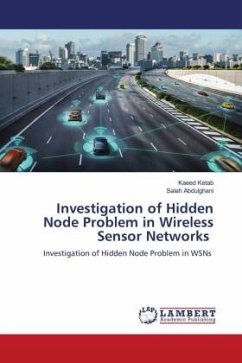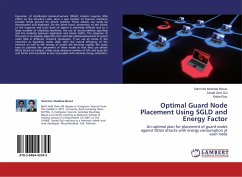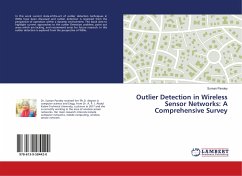A sensor system may contain an immense number of straightforward sensor Nodes that are conveyed at some reviewed site. In enormous zones, such a system, as a rule, has a work structure. For this situation, a portion of the sensor Nodes goes about as switches, sending messages starting with one of their neighbors then onto the next. The Nodes are designed to turn their correspondence equipment on and off to limit vitality utilization. Thus, all together for two neighboring sensors to impart, both must be in dynamic mode. In this project, the sensor organize model is considered, the Nodes are set haphazardly over the region of intrigue and their initial step is to identify their quick neighbors. Nodes with which they have an immediate remote correspondence and to build up courses to the door. In systems with continuously substantial traffic, the sensors need not conjure any exceptional neighbor discovery convention during typical activity. This is because any new Node, or a Node that has lost availability to its neighbors, can hear its neighbors basically by tuning in to the channel for a brief timeframe.








